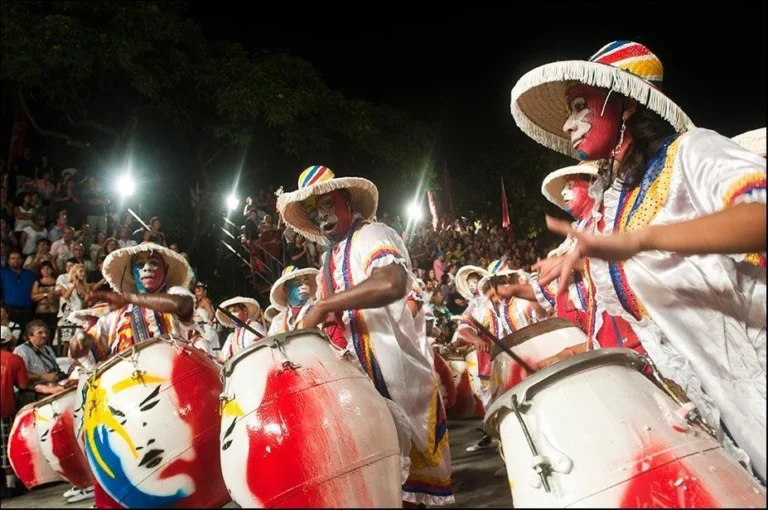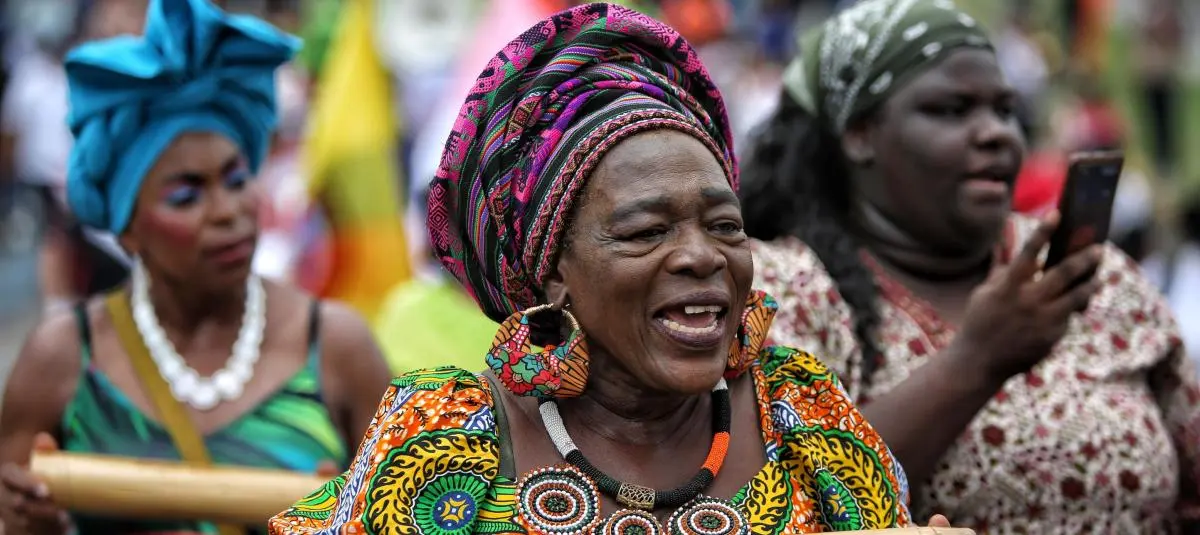Drums of Resistance: The Living Pulse of Uruguay’s Candombe
Born of the African diaspora and shaped in the streets of Montevideo, Candombe continues to echo stories of struggle, pride, and cultural resilience through the beat of its drums.

Candombe drumming in Montevideo’s neighborhoods, especially during “las llamadas”, is a key expression of Uruguay’s Afro-descendant identity. Photo: upscapetravel
August 4, 2025 Hour: 7:52 am
Every weekend, in neighborhoods like Barrio Sur and Palermo in Montevideo, the echo of drums fills the air. The sound isn’t just music—it’s memory, heritage, and resistance. This is Candombe, a cultural expression born from the African diaspora in Uruguay that has become a vital part of the country’s identity.
Recognized by UNESCO in 2009 as Intangible Cultural Heritage of Humanity, Candombe has deep roots in the history of Afro-Uruguayans. It emerged from the fusion of African traditions brought by enslaved peoples and the everyday life of urban Montevideo. Today, its rhythms remain inseparable from the streets where it evolved.
Candombe is performed with three types of drums: the chico (small), which keeps a steady pulse; the repique (medium), which adds improvisational flourishes; and the piano (large), which lays down the deep base. Despite its name, this piano is no keyboard—it’s the biggest drum, and its resonant beat gives the rhythm its weight.
Far from being confined to folklore festivals, Candombe lives on in daily life. On weekends and holidays, families and neighbors gather in comparsas—community drum ensembles—to rehearse, march, and celebrate. These gatherings, especially during the “llamadas” parades in February, are both communal and political: a space for visibility and pride among Uruguay’s Afro-descendant population.
Though small in numbers, Uruguay’s Afro-descendant communities have kept Candombe alive through decades of marginalization. Today, it’s a cultural beacon not just of music and dance, but of belonging, continuity, and resistance. The beat of the drums carries a message that transcends generations: “We are still here.”
Author: MK
Source: italiani.it


